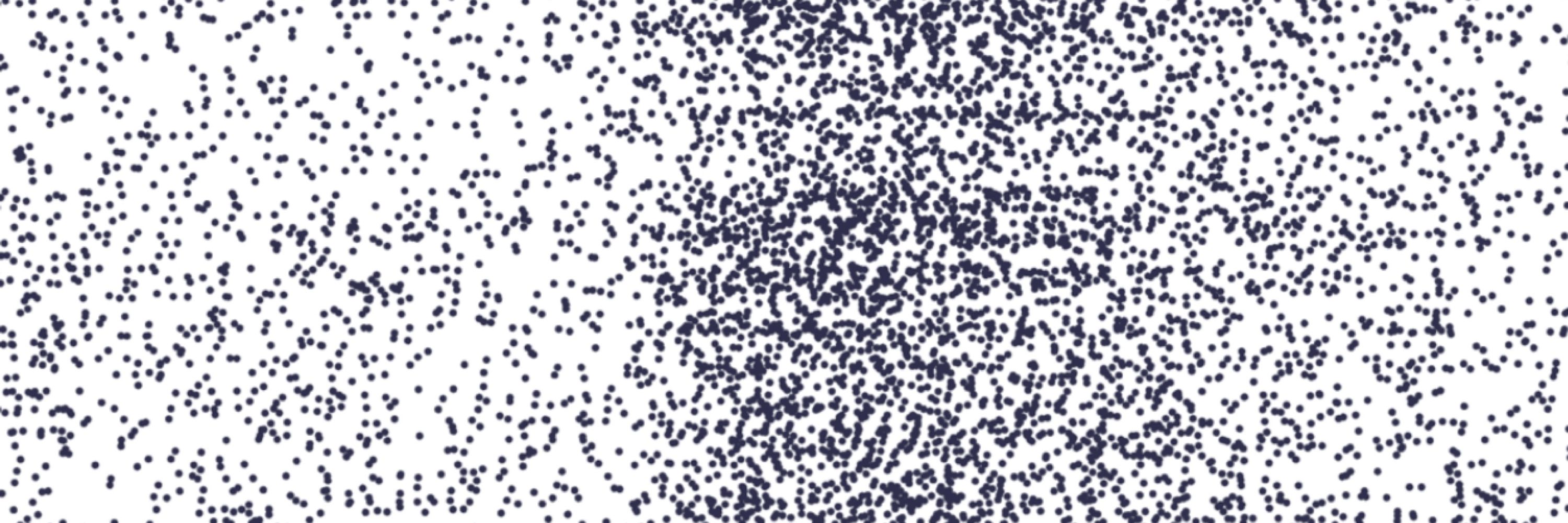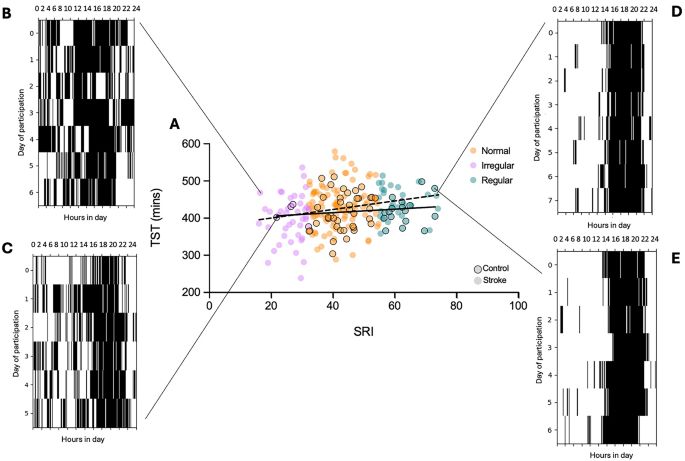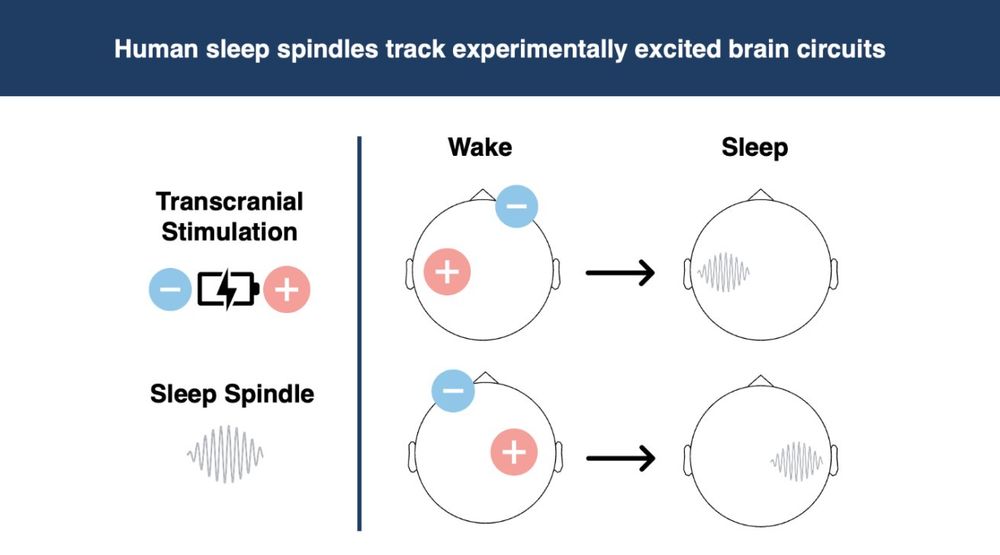
Marcel S. Kehl
@mskehl.bsky.social
250 followers
500 following
10 posts
Oxford Postdoc in the Staresina Lab | Sleep | Memory | Human Olfaction & Single Neurons
Posts
Media
Videos
Starter Packs
Reposted by Marcel S. Kehl
Reposted by Marcel S. Kehl
Reposted by Marcel S. Kehl
Reposted by Marcel S. Kehl
Reposted by Marcel S. Kehl
Reposted by Marcel S. Kehl
Martin Hebart
@martinhebart.bsky.social
· Jun 23

Dimensions underlying the representational alignment of deep neural networks with humans - Nature Machine Intelligence
An interpretability framework that compares how humans and deep neural networks process images has been presented. Their findings reveal that, unlike humans, deep neural networks focus more on visual ...
www.nature.com
Reposted by Marcel S. Kehl
Xianhui He
@xianhuihe.bsky.social
· Jun 16
Reposted by Marcel S. Kehl
Reposted by Marcel S. Kehl
Reposted by Marcel S. Kehl
Curious about how your brain’s excitability aligns with your breath, even while asleep? Check out our new preprint!!
www.biorxiv.org/content/10.1...
A great collaboration between @tschreiner.bsky.social 's lab and @danlikesbrains.bsky.social 's lab.
(1/5)
www.biorxiv.org/content/10.1...
A great collaboration between @tschreiner.bsky.social 's lab and @danlikesbrains.bsky.social 's lab.
(1/5)

Respiratory coordination of excitability states across the human wake-sleep cycle
While the respiratory rhythm is increasingly recognized as a key modulator of oscillatory brain activity across the wake-sleep cycle in humans, very little is known about its influence on aperiodic br...
www.biorxiv.org
Reposted by Marcel S. Kehl
Katrijn Schruers
@katschruers.bsky.social
· May 21

Sleep regularity index as a novel indicator of sleep disturbance in stroke survivors: a secondary data analysis - Scientific Reports
Scientific Reports - Sleep regularity index as a novel indicator of sleep disturbance in stroke survivors: a secondary data analysis
www.nature.com
Reposted by Marcel S. Kehl
Tobias Ackels
@tobiasackels.bsky.social
· May 18
Reposted by Marcel S. Kehl
Tamara Gedankien
@gedankien.bsky.social
· May 14

Cholinergic blockade reveals role for human hippocampal theta in encoding but not retrieval
Cholinergic dysfunction is a hallmark of Alzheimer's disease and other memory disorders. Yet, the neurophysiological mechanisms linking cholinergic signaling to memory remain poorly understood. In thi...
www.biorxiv.org
Reposted by Marcel S. Kehl













